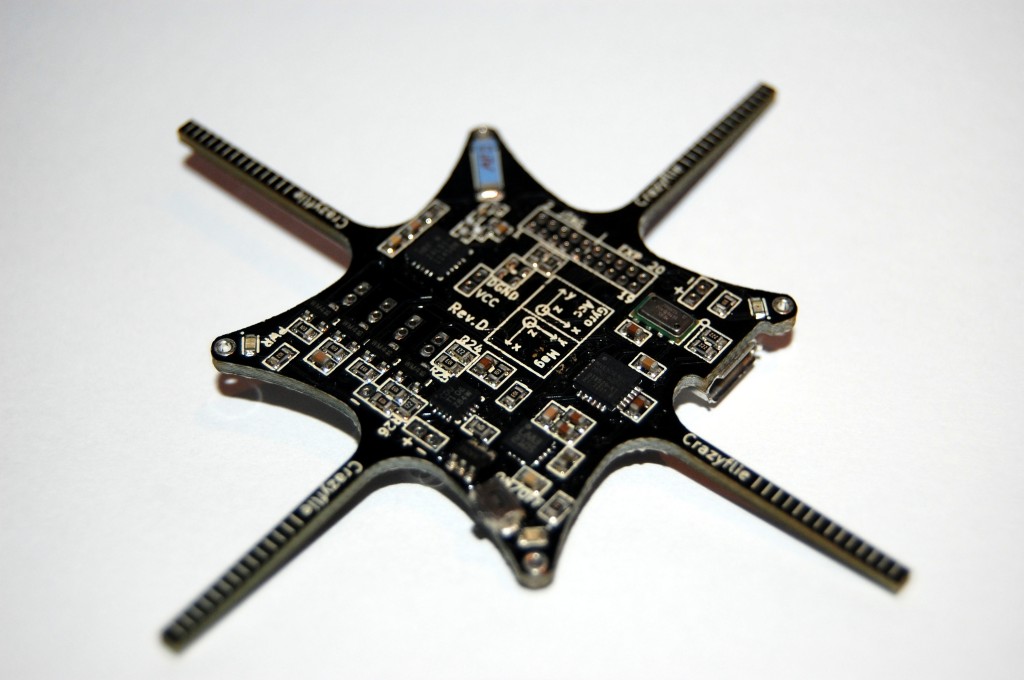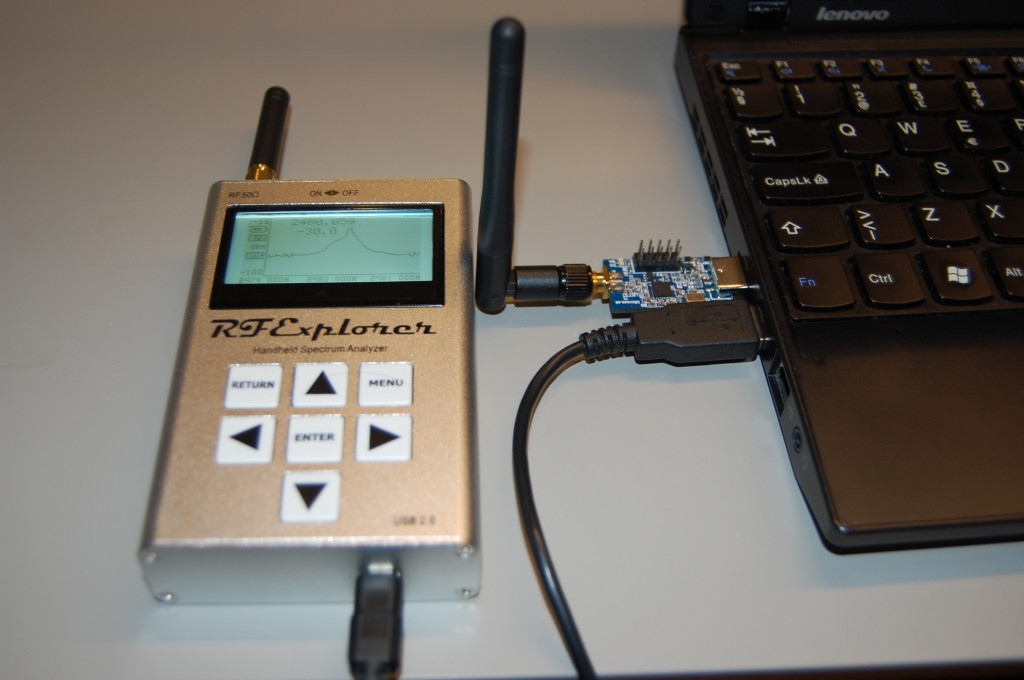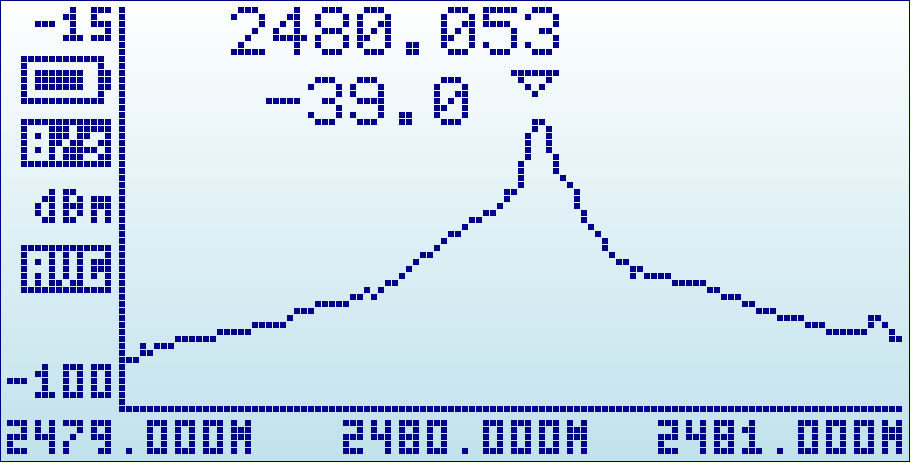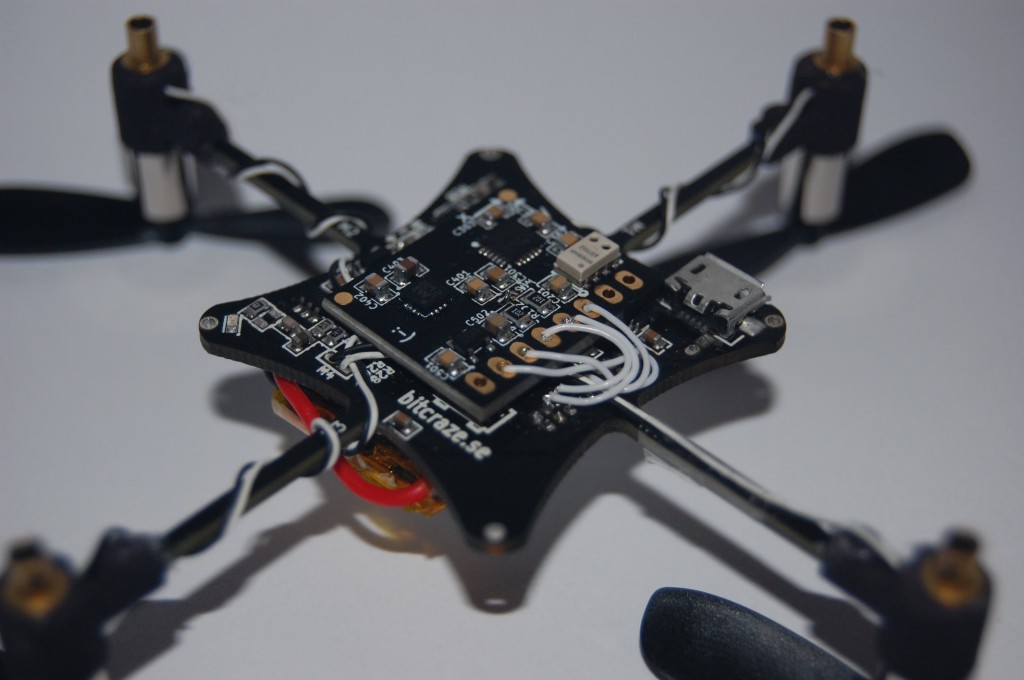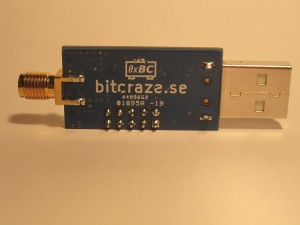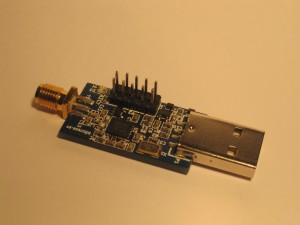A large part of this Monday was spent assembling and testing the new prototypes with the digital sensors which arrived today. Eager to try them out we pretty quickly got stuck when we tried to program them with the JTAG. The copter wouldn’t respond to any JTAG commands… After a long time of testing we found our rookie mistake: We have been moving around some of the signals now when we have digital sensors to make the expansion port use a dedicated SPI port and not share it with the radio, which is a great improvement. With this moving around we managed to put one of the motor outputs on the optional JTAG reset pin, NJTRST. The motors are pulled low so they don’t start unintentionally which then makes the JTAG go in constant reset :o This can be walked around by temporarily holding that pin low during the first programming of the boot loader which will then immediately remap the NJTRST pin to be unused by the JTAG. If the bootloader is never removed the problem is gone but if the boot loader is unintentionally overwritten then one have to do the “pull low” trick again. So now we have to decide whether to live with this flaw or do yet another board re-spin… :-( There are still plenty of sensor testing left to do that maybe need another re-spin.
Before we have any maiden flight video the show below is a photo of the new Rev.D PCB. There are more in this album.
